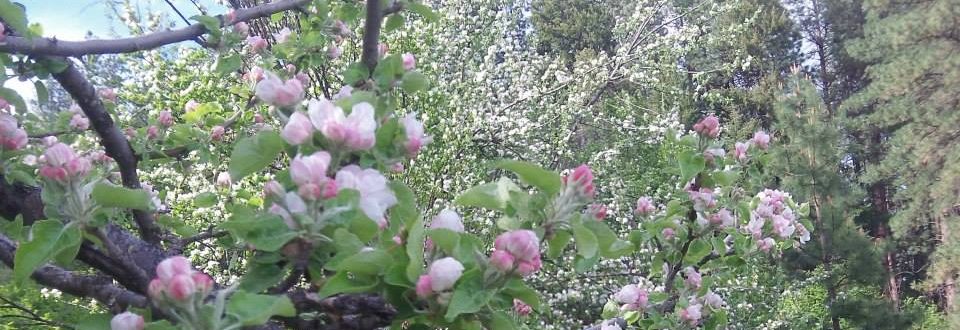I've spent many summers filling my guts with certain hearty purple berries which have long stupefied English speakers. Their asinine etymology makes me misanthropic. But from a bioregional or indigenous perspective, the local Amelanchier species is the pome fruit of pome fruits. It is more American than apples or pie or "America". Thinking of my … Continue reading Basal Pomage: A Berry Called Shad and the Peraphylum Pariah
Month: January 2023
Parrots, Pigeons, and Other Avian Dispersers of Human Habitat

MOAR bird shit!
Land Use and Political Autonomy

When I worked on Forest Service lands, I joked that I was an agent of "The Imperial Toothpick Farm". The US Forest Service constructs more roads annually than the government of any other country- logging roads. The Forest Service has done certain commendable things, yet it is essentially a federal timber cartel.In early colonial New … Continue reading Land Use and Political Autonomy
Alnoculture

My social media circles passed around an Italian archeology paper about evidence for a practice of rotating alder forestry, grazing, and grain cultivation. The archeologist named this practice ancient "alnoculture". However accurate their interpretation of the strata may be, it's potent concept because alders are potent trees. No known temperate plant fixes more nitrogen per … Continue reading Alnoculture
Botany Resources for the Sierra Madre Occidental

USE AND NUTRITIONAL COMPOSITION OF SOME TRADITIONAL MOUNTAIN PIMA PLANT FOODSThe Vegetation of Sonora, MexicoMexican Temperate VegetationFlora of ChihuahuaVegetation of MexicoEnciclo Vida Biodiversity DatabaseDavid Yetman Ethnobiologist above: USDA hardiness zones mapped onto NW Mexico. The coldest zone in Mexico is the mint green patch indicating Zone 7a. This is in the vicinity of Laguna Babicora, … Continue reading Botany Resources for the Sierra Madre Occidental
Rise of the Actinorhizals

I updated my ''Botany Breakdown" of the Legume Family recently, with a focus on understanding the possibilities of legume trees and leguminous forages in my climate. That felt somewhat obligatory since legume trees figured so prominently in the the early permaculture movement (for better or for worse), which is was my gateway to agroforestry. There's … Continue reading Rise of the Actinorhizals
Only YOU Can Rewild Tylopods: Camel Updates

Hump it up.
Roll on, Glossopetalon! Neotropicals of Intermontaña

Florida Man Contracts Herpes from Macaque
Laurasian Primate Frugivory Resources

I need a place to stash these fantastic science papers. Enjoy!Bearing Fruit: Miocene Apes and Rosaceous Fruit EvolutionPeaches Preceded Humans: Fossil Evidence from SW China
Celtis: Can You Hack It?

An interest in minimalism has often led me to wonder where I could live with little or no clothing or tools. Many anthropologists would tell you that man is a tropical ape, but I think that's biogeographically crude. For one thing, our ancestors were better adapted to savannas and open woodlands than dense rainforests, whatever … Continue reading Celtis: Can You Hack It?
